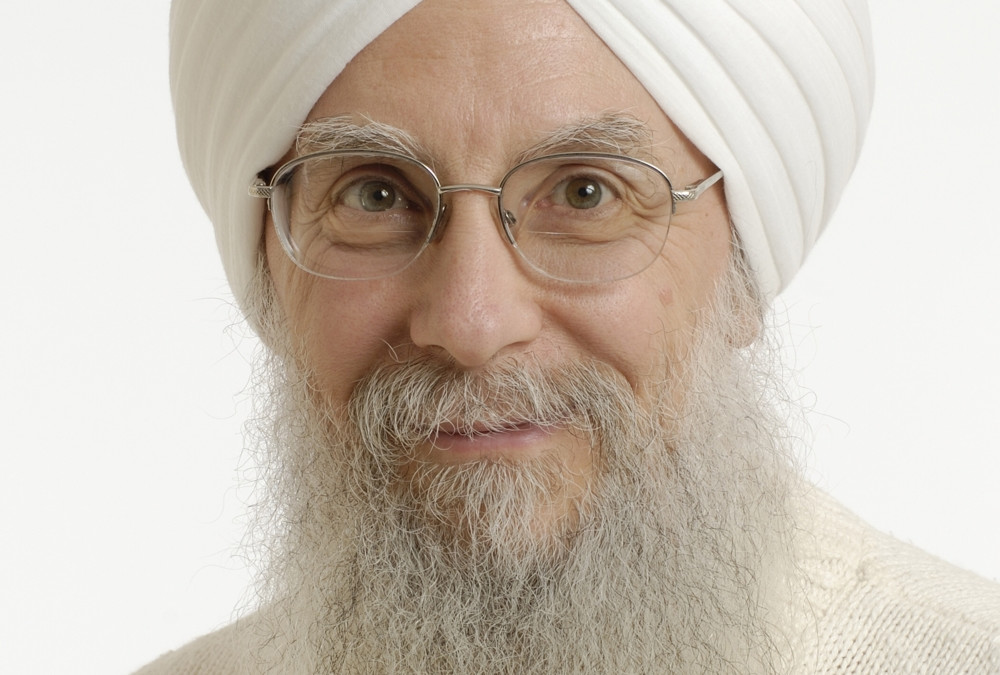Why research is important to mind-body practice
To most mind-body educators or practitioners research seems detached from our everyday practice. However, research matters greatly for deeper understanding, growth and legitimacy of mind-body modalities.
Dr. Sat Bir Singh Khalsa, Assistant Professor of Medicine at Harvard Medical School is a leading Yoga researcher and studies how Yoga can change one’s physiology and wellbeing. According to Khalsa, research can “boost the prestige, profile and ultimately the popularity of Yoga through resulting media coverage” (Khalsa, 2007) and allow Yoga to reach a larger population beyond the well-educated middle class. In addition it can improve Yoga’s legitimacy in the medical and educational disciplines.
Other mind-body modalities including meditation, tai chi, qi gong, Pilates, Gyrokenisis, Feldenkrais, guided imagery, slow breathing, relaxation techniques or any body awareness instruction can benefit from research. Beyond enhancing mind-body legitimacy and reaching wider audiences, I extend that research benefits include improvement of effective mind-body pedagogy and better results in students.
Finally, research techniques are more similar to mind-body modalities than people think. Both require continuous practice and objective reflection. At the heart of mind-body techniques is to routinely practice and objectively notice how one is feeling physically and mentally. Similarly, research is not a singular event. Rather it is an iterative process using scientific method to objectively find answers. Both repetitively practice their respective disciplines in search of objective understanding. These similarities between research and mind-body modalities will ideally foster more collaboration and build reciprocal relationships between these two fields.
5 reasons why research is relevant to mind-body practices
1) Boost prestige and awareness to the benefits of mind-body practices ~enhance professionalism and credibility of various movement practices.
2) Reach a wider more diverse population ~mind-body practices are not limited to populations based on wealth, race/ethnicity, education or geography
3) Improvements in teaching techniques ~teachers can more effectively communicate and transfer their knowledge
4) Improvements in student outcomes ~students receive more benefits such as greater stress reduction and/or fewer injuries with safer teaching practices
5) Research and movement practice are more similar than we think ~both research and movement modalities use iterative processes to refine their respective skill sets
How can I get involved in research?
Research does not need to be separate from practice. While few practice and research based organizations currently exist there are still ways to get involved.
Participate: in research and organizations that support mind-body research
Contact your local university and ask to join the research participant pool
Psychology, education, medical and even business school departments frequently study overlapping interests with mind-body techniques. Examples include research about stress responses and decision-making and even willpower.
Join organizations that support mind-body research
Unfortunately, Yoga research has a difficult time garnering funding due to grant reviews by allopathic medicine researchers who are unfamiliar with Yoga and mind-body techniques (Khalsa, 2007). Hence, Yoga and mind-body researchers frequently rely on private donations to fund studies.
International Association of Yoga Therapists (IAYT)
Donate: to research
To donate specifically to Yoga research
http://kripalu.org/be_a_part_of_kripalu/407
http://www.iayt.org/
Learn: the importance of research
for a copy Dr. Khalsa’s article used with permission contact Body Brain Connect today with the form at the side of the screen. Write Sat Bir Article in the subject line.
References
Khalsa, S. (2007). Why do yoga research: Who cares and what good is it? International Journal of Yoga Therapy, 17.




